Our After-school Programmes began in 2008 and at the time, we focused on homework help, matric motivation, and fun activities – soccer, netball, art, or computers. Our model, which endures to this day, was centered around the idea of maximising existing resources within the community: after-school sessions would take place in empty classrooms at local schools and we’d hire people from within the community and train them to become After-school Facilitators. This approach enabled us to get going without requiring any major infrastructure developments, while also garnering community support, creating jobs, building capacity, providing community relevance, and ensuring our sustainability.
A look at our past…
(you may see some familiar faces)
Assisting children with homework help revealed that most students had gaps in their reasoning skills and in their foundational understanding of academic subjects. Students put in huge amounts of work to ‘know the right answers’ without understanding the underlying rationale of why or how those answers came to be. These gaps were often so large that they were simply impossible to address in two-hour after-school sessions and they came up on an ad hoc basis. Children in our after-school programmes did show some improvements in their school marks and examinations, but we felt that the overall impact of the programmes was limited. So we evolved…
We started questioning our mission, purpose, and goals. After all, what’s the purpose of having a child repeat the periodic table of elements without an understanding why plants grow? Was the best outcome for children to move onto the next grade and achieve good marks on their school exams without truly understanding the learning material they encountered at school? Would rote learning effectively create a pathway out of poverty? Our experience showed that even those who passed matric failed to find jobs – their overall scores and skill levels were too low compared to other youth in the cities. Was this just about economic goals? What about the character of the person, the vital skills they have, and their impact on the world?
We realised that most children growing up in our community, and many children around the world, don’t have the opportunity to build what are often referred to as soft skills or life skills: empathy, self-esteem, perspective, critical thinking, and creativity. Unfortunately, many children growing up in rural communities do not have opportunities to develop these skills at home or through extra-mural activities, so time spent on academics has limited long-term value. These five skills became the foundation for what is now known as our Creative Learning Curriculum (CLC).
Our goal became to build these skills, which we believe are vital to a person’s ability to grow into a resilient, lifelong learner who understands his/her responsibility to others and the environment, stands up for what is ethical, and contributes to a more peaceful world.
“Amoung the world’s children starting school this year, 65 percent will end up doing jobs that haven’t been invented yet…Since we can’t predict exactly what today’s young people will need to know in ten or twenty years, what we teach them is less important than how they learn to teach themselves…the crucial task of education is to teach kids how to learn. To lead them to want to learn. To nurture curiosity, and encourage wonder, and to instill confidence so that later on they’ll have the tools for finding answers to the many questions we don’t know yet how to ask”
-Salman Khan
Over the next two months, we’ll highlight what you give when you give to Thanda by taking an in-depth look at each of the skills that are the core of our Creative Learning Curriculum –
On our blog, newsletter, and social media, we’ll share personal stories, real-life examples and the long-term impact you, our donors, help us to achieve.
Give now to support our Creative Learning Curriculum



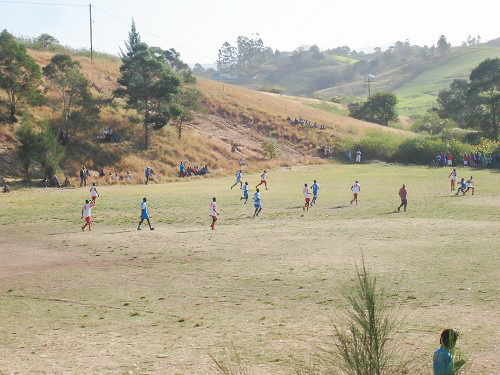
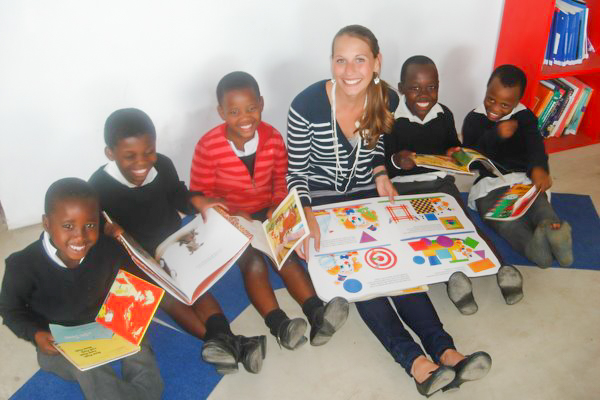
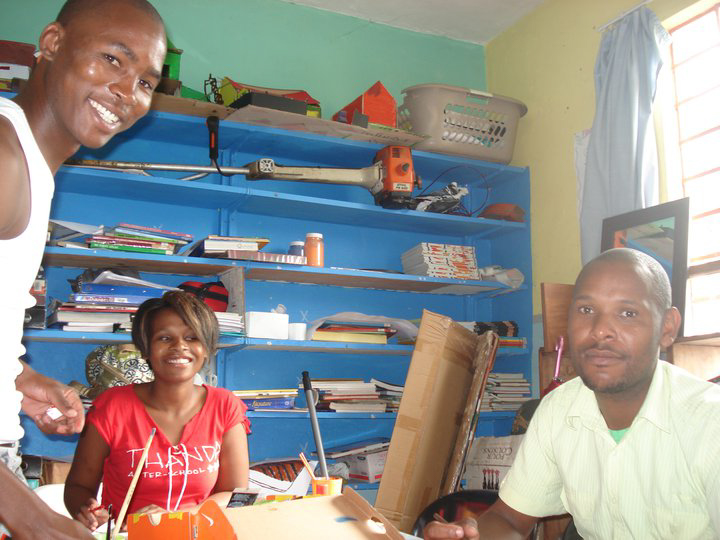
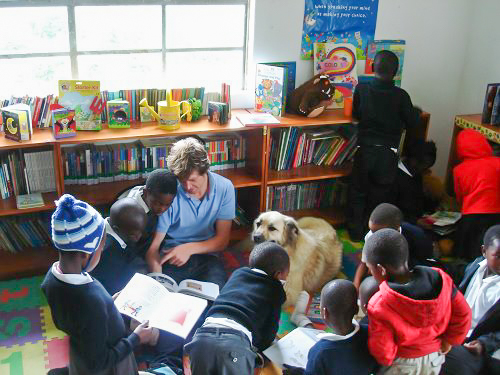
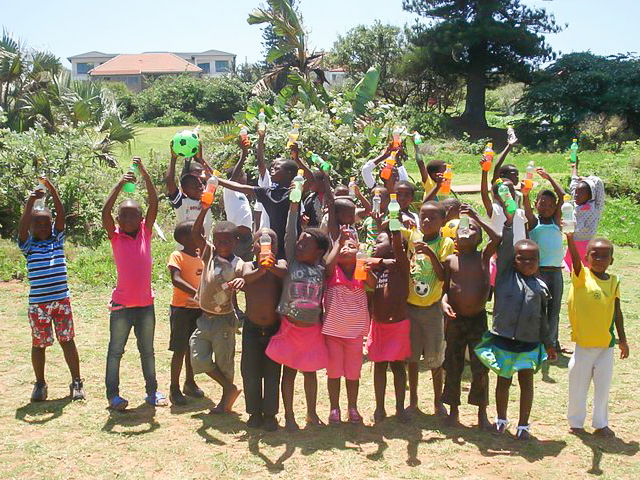
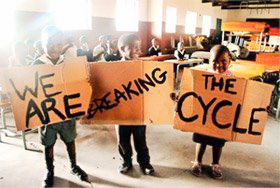
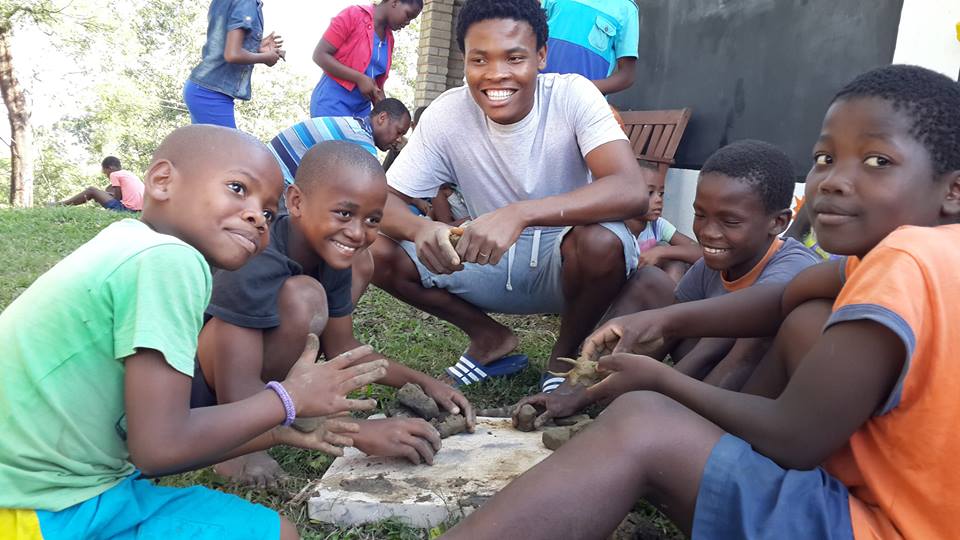
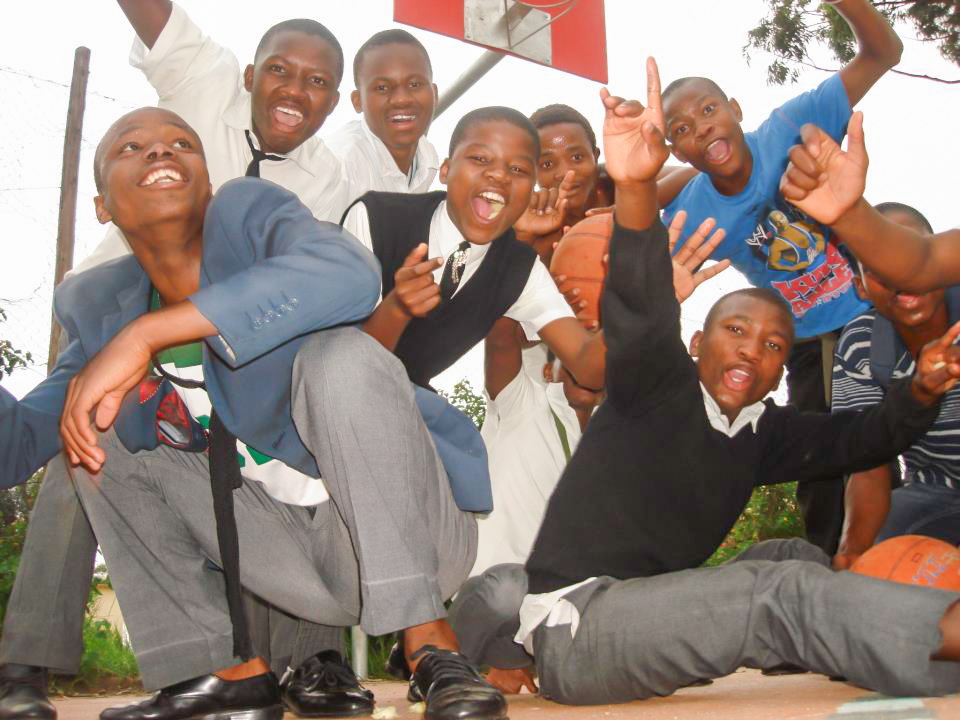

1 Comment